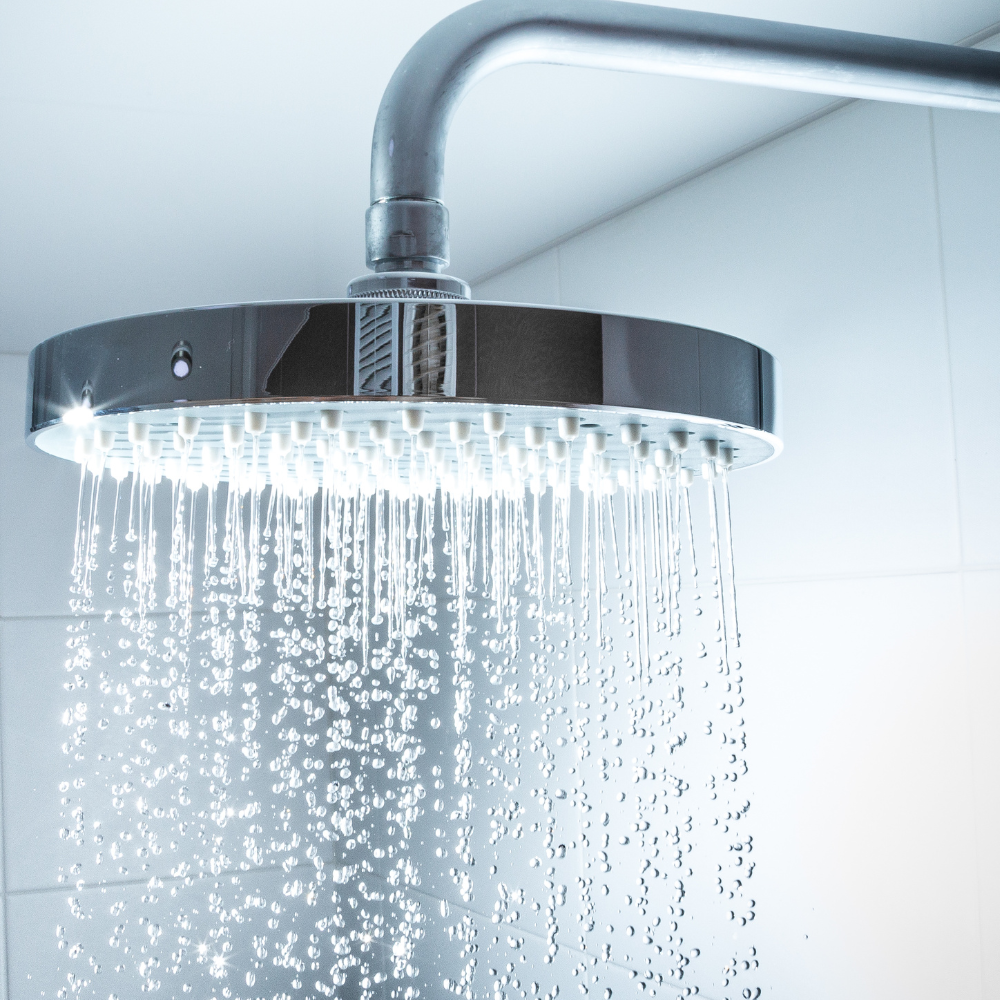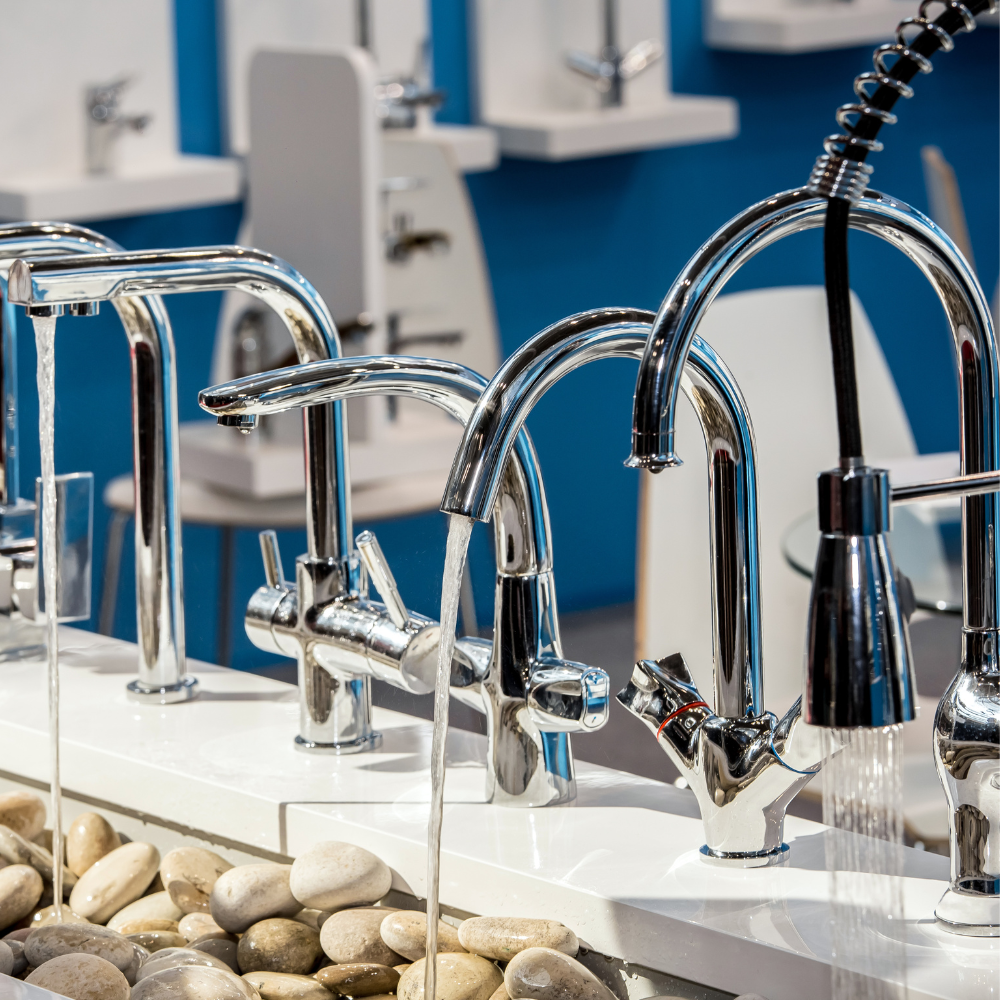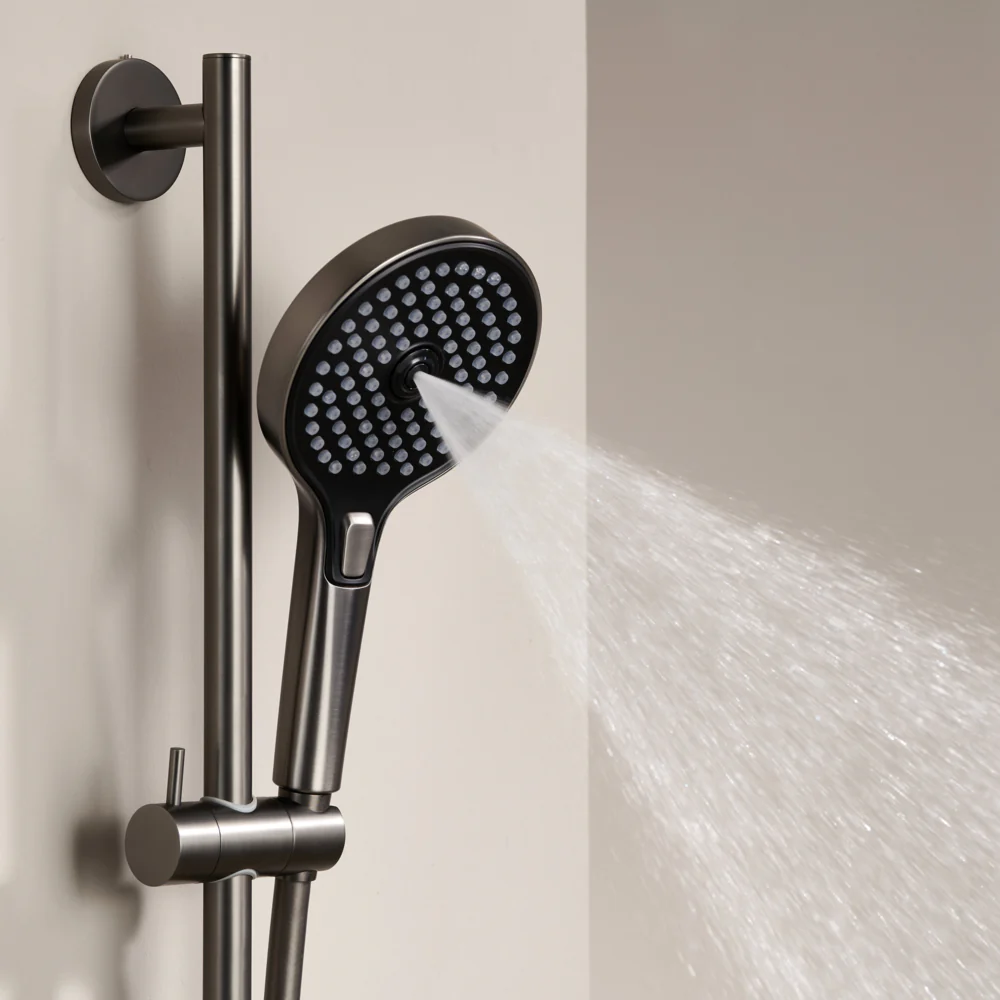When it comes to selecting the perfect faucet for your kitchen or bathroom, the choice of material plays a crucial role. The material not only impacts the faucet’s appearance but also its durability, maintenance, and overall performance. Among the most popular materials for faucets are chrome, stainless steel, and brass. Each of these materials has its unique set of advantages and disadvantages. In this comprehensive guide, Voli, as an experienced faucet manufacturer, will explore the characteristics of chrome, stainless steel, and brass faucets, helping you make an informed decision for your next home improvement project.
Chrome Faucets
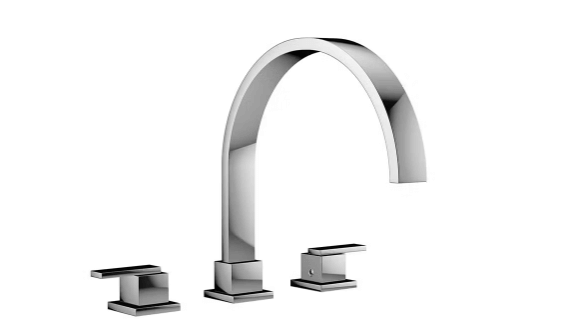
Chrome faucets are a popular choice for many homeowners due to their sleek, shiny appearance and modern appeal. Chrome is actually a plating material, meaning that it is applied as a thin layer over a base metal, usually brass or zinc.
Advantages of Chrome Faucets
- Aesthetic Appeal
Chrome faucets are known for their high-gloss finish, which gives them a clean and contemporary look. They can easily complement a wide range of kitchen and bathroom styles, from traditional to modern.
- Easy to Clean
The smooth, shiny surface of chrome faucets makes them easy to clean. A simple wipe with a damp cloth can remove water spots and fingerprints, keeping the faucet looking pristine with minimal effort.
- Corrosion Resistance
Chrome plating provides a protective layer that resists corrosion and tarnishing. This makes chrome faucets a durable option, especially in environments with hard water.
- Cost-Effective
Chrome faucets tend to be more affordable than their stainless steel and brass counterparts. This makes them an attractive option for budget-conscious homeowners who still want a stylish and durable faucet.
Disadvantages of Chrome Faucets
- Scratch Susceptibility
While chrome faucets are resistant to corrosion, they are more susceptible to scratches and wear over time. This can affect their appearance, especially in high-use areas.
- Water Spots and Fingerprints
Despite being easy to clean, chrome faucets are prone to showing water spots and fingerprints. Regular cleaning is necessary to maintain their shiny appearance.
- Durability Concerns
Because chrome is a plating material, it can wear off over time, especially with heavy use or harsh cleaning products. This can expose the base metal underneath, leading to potential corrosion issues.
Stainless Steel Faucets
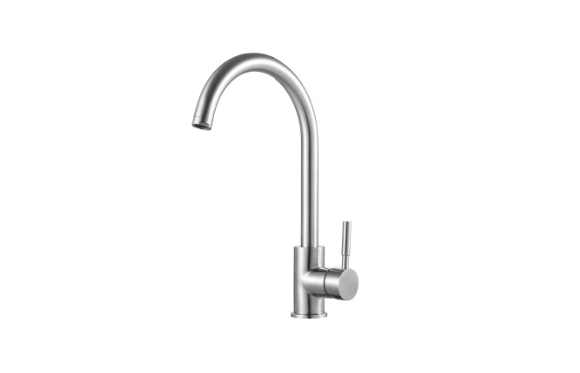
Stainless steel faucets are highly regarded for their strength, durability, and modern look. Stainless steel is an alloy made primarily of iron, carbon, and chromium, which gives it its distinctive properties.
Advantages of Stainless-Steel Faucets
- Durability and Strength
Stainless steel is incredibly durable and can withstand heavy use without showing signs of wear. It is resistant to dents, scratches, and corrosion, making it an excellent choice for busy kitchens and bathrooms.
- Corrosion and Rust Resistance
The chromium content in stainless steel creates a protective layer that prevents rust and corrosion. This makes stainless steel faucets particularly well-suited for environments with high moisture levels.
- Hygienic Properties
Stainless steel is non-porous, meaning it does not harbor bacteria or germs. This makes stainless steel faucets a hygienic option, especially for kitchens where food preparation takes place.
- Low Maintenance
Stainless steel faucets require minimal maintenance. They are easy to clean and do not show water spots or fingerprints as prominently as chrome faucets. A simple wipe with a damp cloth is usually sufficient to keep them looking clean.
Disadvantages of Stainless-Steel Faucets
- Higher Cost
Stainless steel faucets tend to be more expensive than chrome or brass options. The higher cost can be a deterrent for some homeowners, especially those on a tight budget.
- Limited Finish Options
While stainless steel has a sleek, modern look, it does not offer the same range of finish options as chrome or brass. Homeowners looking for a specific color or finish may find stainless steel limiting.
- Potential for Water Spots
Although less prone to water spots than chrome, stainless steel faucets can still show spots and streaks if not cleaned regularly. Using a microfiber cloth can help minimize this issue.
Brass Faucets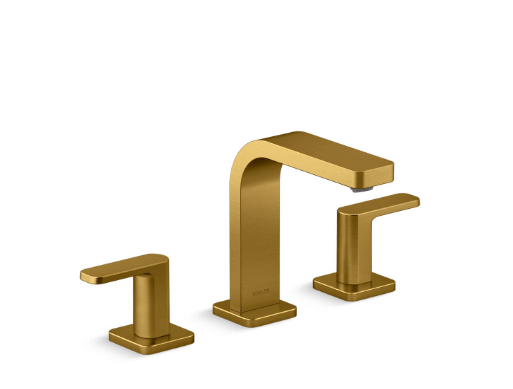 Brass faucets have been a classic choice for centuries, known for their warm, traditional appearance and durability. Brass is an alloy made primarily of copper and zinc, giving it unique properties.
Brass faucets have been a classic choice for centuries, known for their warm, traditional appearance and durability. Brass is an alloy made primarily of copper and zinc, giving it unique properties.
Advantages of Brass Faucets
- Timeless Aesthetic
Brass faucets have a distinctive, timeless look that can add a touch of elegance to any kitchen or bathroom. They are available in a variety of finishes, including polished, antique, and brushed, allowing for versatility in design.
- Durability and Longevity
Brass is an incredibly durable material that can withstand heavy use without showing signs of wear. Brass faucets are known to last for decades, making them a long-term investment for homeowners.
- Corrosion Resistance
Brass is naturally resistant to corrosion and rust, even in environments with hard water. This makes brass faucets a reliable choice for areas with high humidity and moisture levels.
- Antimicrobial Properties
Brass has natural antimicrobial properties, which means it can help reduce the presence of bacteria and germs on its surface. This makes brass faucets a hygienic option for kitchens and bathrooms.
Disadvantages of Brass Faucets
- Higher Cost
Similar to stainless steel, brass faucets can be more expensive than chrome options. The higher initial cost can be a consideration for budget-conscious homeowners.
- Potential for Tarnishing
While brass is resistant to corrosion, it can tarnish over time, especially if not properly maintained. Regular cleaning and polishing are necessary to keep brass faucets looking their best.
- Heavier Weight
Brass faucets are typically heavier than their chrome and stainless-steel counterparts. This can make installation more challenging and may require additional support.
- Complex Maintenance
Brass faucets may require more complex maintenance compared to chrome and stainless steel. Special cleaners and polishes are often needed to maintain their appearance and prevent tarnishing.
Conclusion
Choosing the right faucet material is a crucial decision that impacts the functionality, durability, and aesthetics of your kitchen or bathroom. Chrome, stainless steel, and brass each offer unique benefits and drawbacks. Chrome faucets are known for their sleek appearance and affordability, but they may be more prone to scratches and water spots. Stainless steel faucets are highly durable and resistant to corrosion, making them a long-lasting choice, although they come with a higher price tag. Brass faucets offer a timeless look and excellent durability but require regular maintenance to prevent tarnishing.
When selecting a faucet material, consider factors such as your budget, the overall style of your space, and the level of maintenance you are willing to commit to. By weighing the advantages and disadvantages of each material, you can make an informed decision that suits your needs and enhances the functionality and beauty of your kitchen or bathroom.

